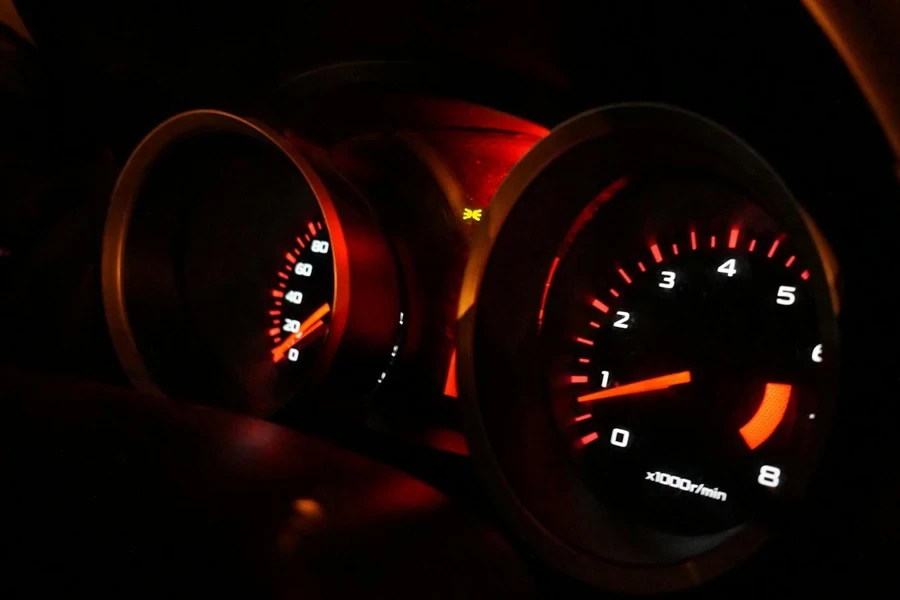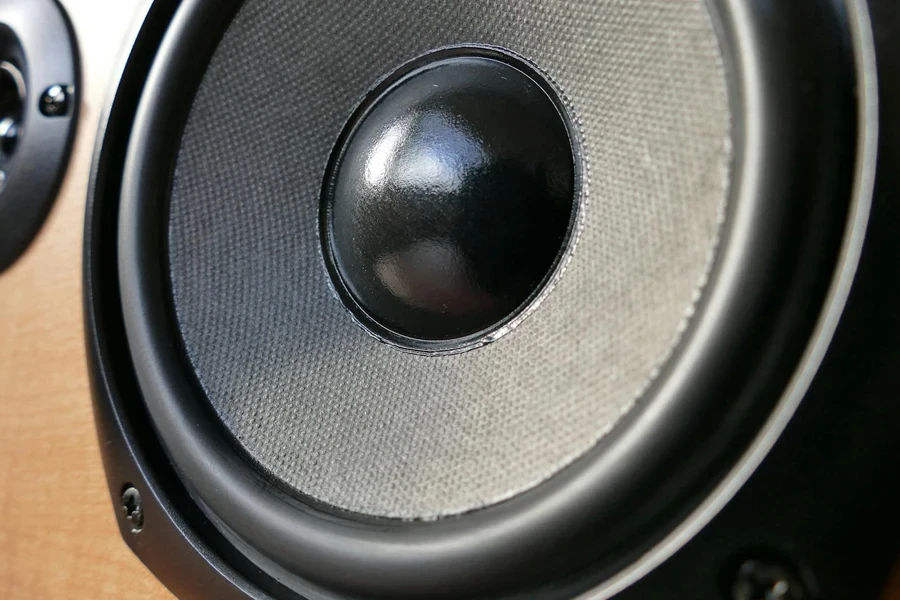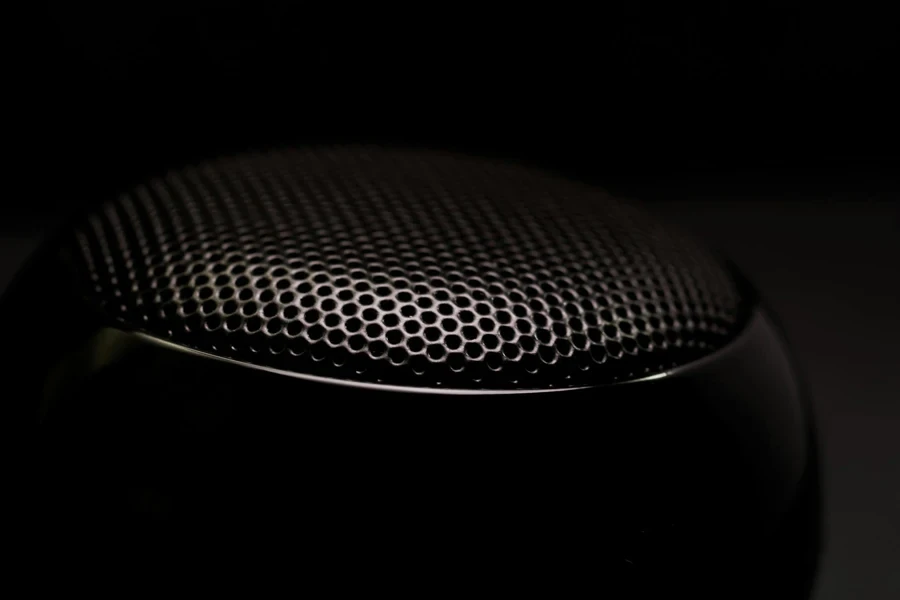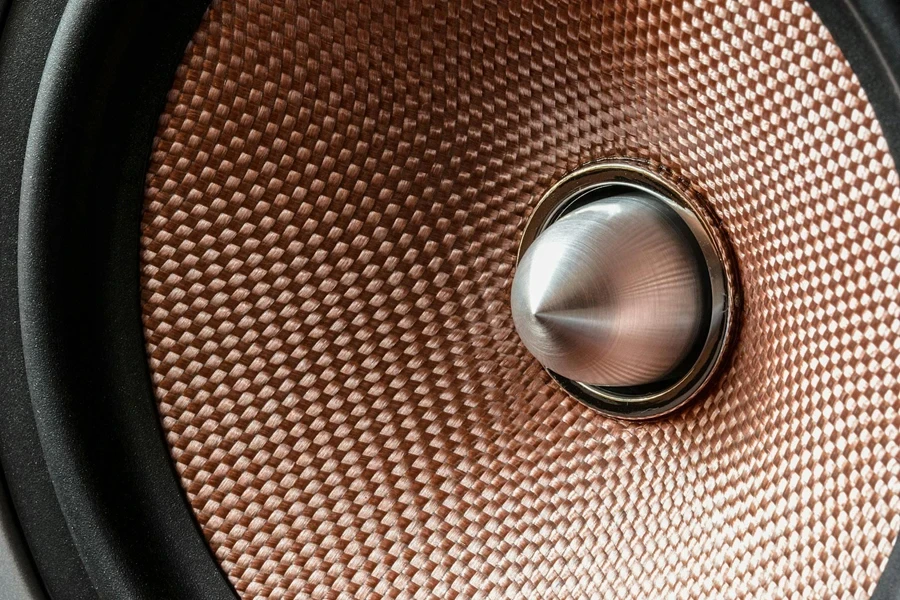Table of Contents
● Introduction
● Market overview
● Different types and their features
● Things to consider when selecting products
● Conclusion
Introduction
Choosing the right subwoofer can significantly enhance in-car entertainment by delivering deep, rich bass that transforms the audio experience. The car audio market is rapidly growing, driven by technological advancements and increased demand for superior sound systems. This guide provides a comprehensive overview of the market, explores different types of subwoofers, and highlights key factors to consider when selecting a product. Understanding these elements is crucial for making informed purchasing decisions. This concise guide aims to assist business professionals and online retailers in navigating the subwoofer market effectively.
Market overview

Market scale and growth
The car audio market was valued at $9.68 billion in 2023 and is projected to reach $17.83 billion by 2032, growing at a compound annual growth rate (CAGR) of 7.1%, according to Fortune Business Insights. This substantial growth is driven by increasing consumer demand for enhanced in-car entertainment systems and the integration of advanced technologies such as wireless connectivity. The rising adoption of aftermarket sound systems also contributes significantly to the market’s expansion.
Market trends
Key market trends include a high demand for aftermarket sound systems and the growing popularity of wireless connectivity solutions like Bluetooth and WiFi, which offer convenience and enhance the overall user experience. Technological advancements, such as voice-recognized audio systems, are becoming more prevalent, providing users with hands-free control and improved safety while driving. The market is also witnessing increased investments in research and development to innovate and introduce new products.
Regional insights
The Asia Pacific region dominates the car audio market, driven by a large population, high passenger car sales, and rapid urbanization. Europe follows, with significant contributions from luxury automotive brands that demand premium audio systems. North America is the third-largest market, expected to grow rapidly due to the presence of major car audio manufacturers and a high adoption rate of advanced in-car entertainment technologies.
Different types and their features

Single voice coil
Single Voice Coil (SVC) subwoofers have a single coil and are easier to install, making them suitable for straightforward audio systems. Typically designed with a single set of terminals, SVC subwoofers operate at a fixed impedance, usually 2 ohms, 4 ohms, or 8 ohms. This fixed impedance makes them easier to match with most amplifiers, streamlining the setup process.
Dual voice coil
Dual Voice Coil (DVC) subwoofers, with two separate coils, offer more flexibility in wiring configurations. This allows for multiple impedance settings, enhancing compatibility with various amplifiers and improving power handling capabilities. DVC subwoofers are ideal for users seeking to fine-tune their audio system for optimal performance.
Enclosure types
The enclosure type significantly impacts the sound quality and efficiency of a subwoofer.
Sealed enclosures provide tight and accurate bass, making them ideal for precision-oriented music genres. They prevent air from escaping the box, ensuring that the subwoofer delivers a clean and controlled bass response. Ported enclosures, in contrast, use a vent or port to increase the subwoofer’s output efficiency. This design allows for louder and deeper bass, which is particularly effective for music genres that require substantial low-end punch. Bandpass enclosures combine aspects of both sealed and ported designs, featuring a chambered structure that maximizes output within a specific frequency range. These enclosures are designed for applications requiring high efficiency and significant volume levels.
Subwoofer sizes
Subwoofer sizes typically range from 8 inches to 15 inches, each offering distinct performance characteristics. An 8-inch subwoofer provides a balanced bass response suitable for compact installations, while a 10-inch subwoofer offers a good mix of depth and punch, fitting well in mid-sized vehicles. Larger subwoofers, such as 12-inch and 15-inch models, deliver deeper and more powerful bass but require more space and power. These larger subwoofers are ideal for users looking to achieve high SPL (sound pressure level) and extended low-frequency performance.
Specialized subwoofers
Preloaded enclosures are subwoofers pre-mounted in a box designed to match the subwoofer’s specifications perfectly. This ensures optimal performance and simplifies the installation process. Powered subwoofers integrate both the subwoofer and an amplifier into a single unit, providing a compact and efficient solution. They require only power and signal connections, making them ideal for straightforward installations. Vehicle-specific enclosures are custom-fit solutions designed to integrate seamlessly with specific car models. These enclosures maximize available space and are tailored to the vehicle’s acoustics, ensuring optimal sound quality and aesthetic integration.
Things to consider when selecting products

Power handling and RMS ratings
Power handling is crucial for ensuring that a subwoofer can operate efficiently without distortion. The RMS (Root Mean Square) rating indicates the continuous power a subwoofer can handle. Selecting a subwoofer with an RMS rating that matches or slightly exceeds the amplifier’s output ensures optimal performance and longevity. For example, a subwoofer with a 500-watt RMS rating should be paired with an amplifier that can consistently provide around 500 watts of power.
Frequency range and sensitivity
The frequency range of a subwoofer determines the lowest and highest frequencies it can reproduce. A wider frequency range allows the subwoofer to produce deeper and more nuanced bass tones. Sensitivity, measured in decibels (dB), indicates how efficiently a subwoofer converts power into sound. Higher sensitivity means the subwoofer can produce more sound with less power. For instance, a subwoofer with a sensitivity rating of 90 dB will be more efficient than one rated at 85 dB, assuming all other factors are equal.
Impedance and wiring configurations
Impedance, measured in ohms, affects how much current the subwoofer draws from the amplifier. Common impedance ratings for subwoofers are 2 ohms, 4 ohms, and 8 ohms. Matching the subwoofer’s impedance with the amplifier’s output is critical for achieving peak performance. Dual voice coil (DVC) subwoofers offer multiple wiring options, allowing for more flexible impedance configurations. For instance, a 4-ohm DVC subwoofer can be wired to present a 2-ohm or 8-ohm load to the amplifier, providing compatibility with a wider range of amplifiers.
Size and space requirements
The size of the subwoofer should be chosen based on the available space in the vehicle and the desired bass output. Larger subwoofers (12 to 15 inches) provide deeper and more powerful bass but require more installation space. Smaller subwoofers (8 to 10 inches) are suitable for vehicles with limited space and still offer substantial bass enhancement. Properly measuring the installation area ensures the chosen subwoofer will fit without compromising the vehicle’s interior.
Enclosure type impact
The type of enclosure significantly affects the subwoofer’s performance. Sealed enclosures provide tight, accurate bass, ideal for precision and clarity. Ported enclosures enhance the subwoofer’s efficiency, producing louder and deeper bass, which is beneficial for music genres requiring substantial low-end output. Bandpass enclosures offer a combination of efficiency and volume but are typically tuned for specific frequency ranges. Selecting the appropriate enclosure type based on the desired sound characteristics is essential for achieving the best audio performance.
Installation considerations
Deciding between professional installation and a DIY approach depends on the complexity of the setup and the user’s technical skills. Professional installation ensures that the subwoofer is correctly integrated with the vehicle’s electrical system and audio components, reducing the risk of errors and potential damage. However, DIY installation can be cost-effective for those with the necessary skills and tools. Proper installation is crucial for maximizing the subwoofer’s performance and longevity.
Conclusion

Understanding the intricacies of car subwoofers, from market trends to the various types and performance factors, is essential for making informed purchasing decisions. By leveraging the insights provided in this guide, businesses and retailers can enhance their product offerings, ensuring that customers receive superior bass quality in their car audio systems. This knowledge empowers professionals to select the best subwoofers, tailored to specific needs and market demands, ultimately elevating the in-car entertainment experience.



